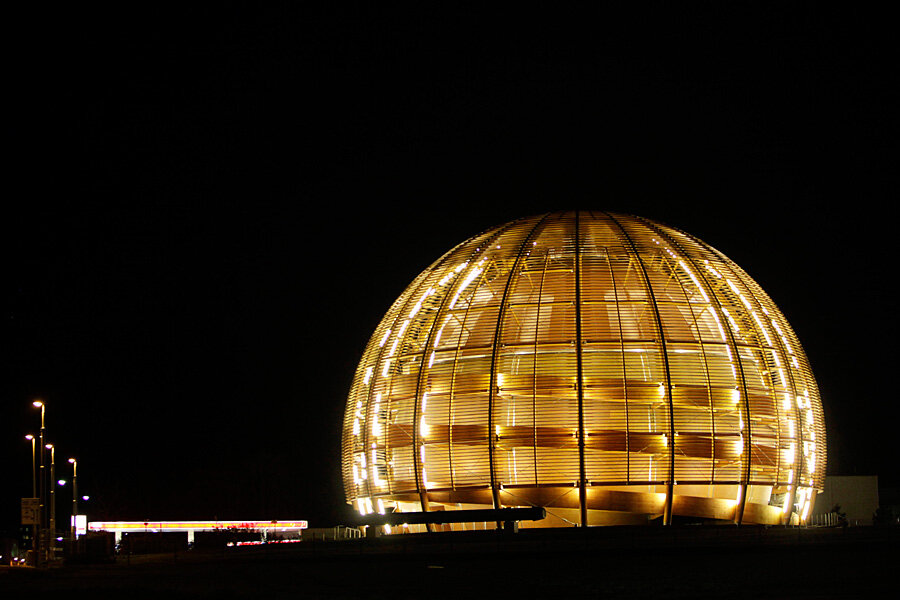The Large Hadron Collider returns, twice as powerful as before
Loading...
| Berlin
Scientists successfully restarted experiments at the world's biggest particle collider Wednesday, after a two-year shutdown and upgrade that allows it to smash together atoms with almost double the energy used in its first run.
The European Organization for Nuclear Research, or CERN, said the Large Hadron Collider will now run around the clock for the next three years, producing vast amounts of data for scientists to scour.
"We have seen the first data beginning to flow," said CERN's director, Rolf Heuer. "Let's see what they will reveal to us about how our universe works."
The collider underwent a $150 million upgrade after its first run, which produced results that helped confirm the existence of an elusive subatomic particle, the Higgs boson.
Heuer said physicists hope the new run might lead to discoveries that could help "explain remaining mysteries such as dark matter."
The LHC, located in a 27-kilometer (16.8-mile) tunnel beneath the Swiss-French border, is now smashing together protons at 13 trillion electronvolts.
Copyright 2015 The Associated Press. All rights reserved. This material may not be published, broadcast, rewritten or redistributed.





